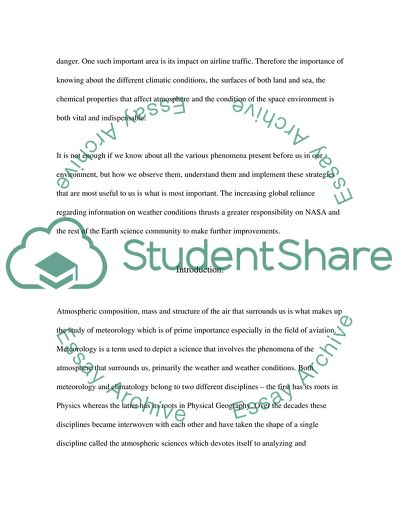Cite this document
(Atmosphere, Weather and Climate Essay Example | Topics and Well Written Essays - 5000 words, n.d.)
Atmosphere, Weather and Climate Essay Example | Topics and Well Written Essays - 5000 words. Retrieved from https://studentshare.org/environmental-studies/1712227-atmosphere-weather-and-climate
Atmosphere, Weather and Climate Essay Example | Topics and Well Written Essays - 5000 words. Retrieved from https://studentshare.org/environmental-studies/1712227-atmosphere-weather-and-climate
(Atmosphere, Weather and Climate Essay Example | Topics and Well Written Essays - 5000 Words)
Atmosphere, Weather and Climate Essay Example | Topics and Well Written Essays - 5000 Words. https://studentshare.org/environmental-studies/1712227-atmosphere-weather-and-climate.
Atmosphere, Weather and Climate Essay Example | Topics and Well Written Essays - 5000 Words. https://studentshare.org/environmental-studies/1712227-atmosphere-weather-and-climate.
“Atmosphere, Weather and Climate Essay Example | Topics and Well Written Essays - 5000 Words”, n.d. https://studentshare.org/environmental-studies/1712227-atmosphere-weather-and-climate.


